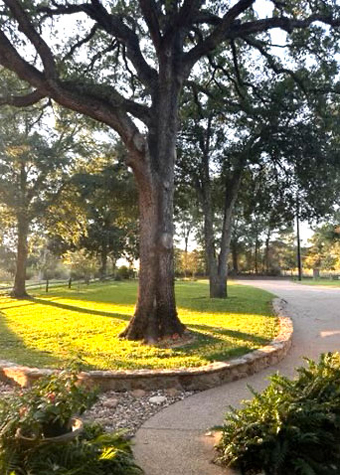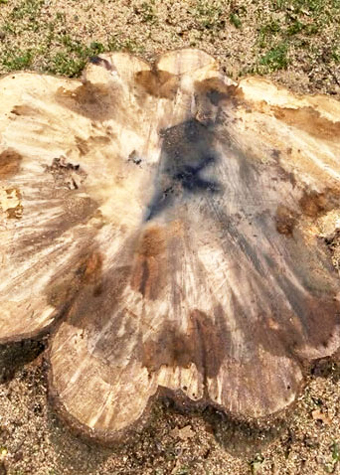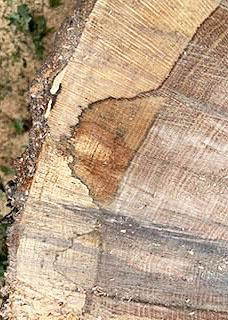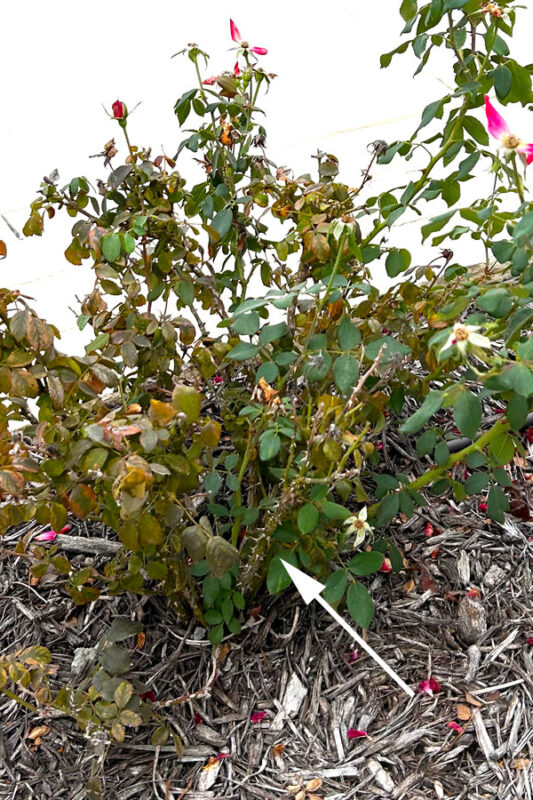Q&A – Ask Neil: November 7, 2024
(Please read these instructions carefully.)
Before you post your question, please look at recent issues to see if someone else has already asked it. You might find your answer there.
How to submit your question…
(Note: You may need to allow a pop-up window to come up in order to get the link for sending your photo(s). If you have already submitted your question and didn’t see the pop-up window, please click here.)
• Click the link provided below to post your question. After you submit your question, a new window will pop up giving you the address to which you can e-mail a SHARP, HIGH-RESOLUTION PHOTO to accompany your question. Please DO NOT SEND THUMBNAIL PHOTOS in case I need to zoom in to see things.
• Click here to post your question.
• Please ONLY POST YOUR QUESTION ONE TIME. We can only accept a set number of questions each week, and when we get duplicates it costs other people their chances.
• One question per reader, please.
• Please use this only for posting questions – not for standard emails.
• Watch for your answer in the following week’s e-gardens.
• I choose those of greatest general interest. For example, plant IDs seldom make the cut.
• I must have your first name or initials.
• I must have your city or county. (Texas is a very large state.)
QUESTION 1
IS IT TOO LATE FOR A GRUB TREATMENT?
Question: While installing a sprinkler system this week we noticed too many white grub worms in a 4-sq. ft. section of St. Augustine. Would a grub treatment this late be of any benefit? If not, when should I treat next year? Randy M., Dallas.
Answer: First, double check that you are seeing the white grubs that are the larval form of June beetles. They are 1/2- to 3/4-in. long, creamy white with brown heads and conspicuous legs, bodies always in a C-shape. To do damage to turf there would need to be 4 to 6 per square foot, so you would need to have seen 16 to 24 of the larvae. If all that sounds accurate, you would want to apply Imidacloprid insecticide, preferably between June 20 and August 10. While you probably could reduce their populations somewhat now, they have already done most of their feeding. If you have one of the higher numbers and do feel the need to treat, do so as soon as you can. Water the insecticide into the soil and give it several weeks to kill the larvae.
QUESTION 2
CAN MAPLE LEAVES BE LEFT ON AN ENGLISH IVY GROUNDCOVER BED?
Question: Can we leave the fallen leaves of a Shantung maple atop the English ivy planted beneath it to create a winter blanket, or should they be removed? Can we leave frost cloth over the top of the ivy through the winter? If not, at what temperature should it be put down? Peggy E., Plano.
Answer: I would not leave the leaves. They would look unkempt, plus they would trap moisture on the ivy. That would risk leaf spot diseases. I also live in Collin County, actually in a colder part than Plano. I’ve had English ivy for 47 years and I’ve never had any cold damage at all. If you feel the need during an extremely cold time, put it down before the front moves through and remove it a couple of days after.
QUESTION 3
WHY ARE THE TWO END ROSES SO MUCH WEAKER THAN THE OTHERS?
Question: Do you have any idea why the two end roses in my row look so much worse than the others? Brandon N., Parker.
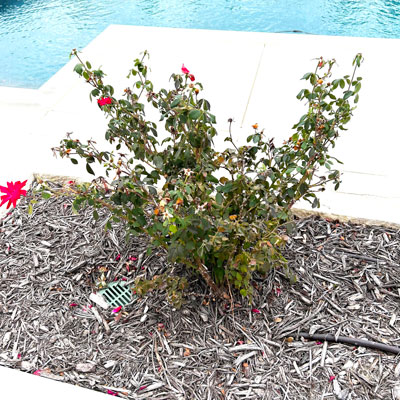
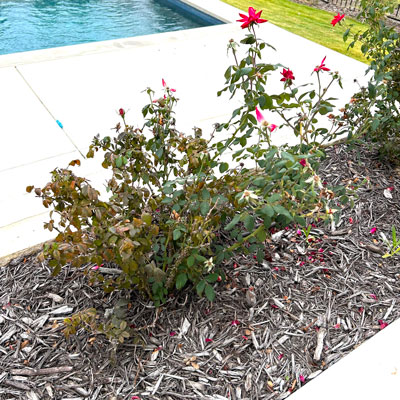
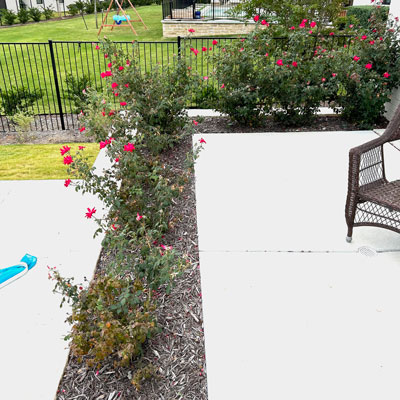
Answer: I had my answer written when I realized we have two rose questions this week. I went back and looked at your photos more carefully. Do I not see canes with an inordinate number of thorns? I believe your roses are infected with the fatal rose rosette virus. Please see these notes I leave archived on my website. This disease has run rampant in DFW for the past 15 years. I hope I’m wrong, but I fear that I’m not.
QUESTION 4
PLEASE HELP WITH THE WATERING SCHEDULE OF NEW LIVE OAKS.
Question: We had three 45-gal. live oaks planted three weeks ago. I have watered them by hand every day for 5 minutes. I also have a 1-gal./min. bubbler run with the irrigation system for 10 minutes 3 times per week. Is that too much or too little water? When do I go to every other day? Bobby L., Bryan.
Answer: Oh, goodness. How much water do you apply when you water them for 5 minutes every other day? Are you using a water breaker and running the hose at full volume or is it barely dribbling? So, you’re applying 1 gpm x 10 minutes x 3 times per week = 30 gal. per week? That’s far short of what I’ve been recommending (45 gallons for a 45 gal. pot). Every other day would be way too often in the winter.
Not meaning to offend, but how about we make this a whole lot simpler? Water them when their soil begins to feel dry to the touch. Use your fingers. Stick ‘em into the soil. When the top inch or so begins to feel dry, soak them deeply, then wait until they’re dry before you water again.
If you think about it, isn’t that the way you drink water? You take a drink when you’re thirsty, not when an alarm clock goes off.
QUESTION 5
IS THIS BOXWOOD DYING?
Question: This boxwood’s leaves suddenly turned a duller green and now yellow over the entire plant. The boxwood 10 ft. away with the same growing conditions and same amount of hand watering is doing fine. Ashley K., Granbury.

Answer: No point in mixing a lot of words – this plant got too dry. It passed what plant physiologists call the “permanent wilting point.” The plant that looks fine 10 ft. away received water in time so that it did not meet the same fate.
QUESTION 6
WHY DID MY LANTANAS NOT BLOOM?
Question: For the first time in several years my lantanas did not bloom. Any ideas why? Bob E., Hideaway, Smith County.
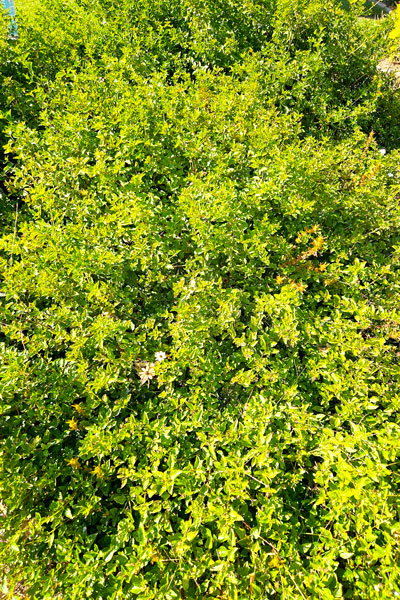
Answer: It’s difficult to prove the negative – why something might not have happened. Lantanas do quit blooming as days grow shorter and temperatures begin to fall. However, when they fail to flower in summer it’s usually due to too much shade, not enough nitrogen to stimulate new growth (they flower on new shoots), or lace bugs that are sucking the life out of the leaves. It looks like your plants are healthy and well fed. They seem to be in sun, and I don’t see any evidence of lace bugs taking the green color from the foliage, so I’m really not sure what the problem might be. I would suggest using a high-N, water-soluble plant food next spring and summer to see if that helps. Be sure a tree hasn’t grown out and over the lantanas.
QUESTION 7
DO YOU AGREE THAT “NATURAL PRECIPITATION” NOV. 1-MARCH 31 IS ADEQUATE FOR LANDSCAPES?
Question: The city water department is now prohibiting spray and rotor irrigation from November 1 through March 31 based on their “expert” statement that “The natural precipitation we receive should meet the needs.” Do you agree? Even during El Niño? Russell B., Frisco.
Answer: (I have posted Russell’s question unedited and in its entirety.)
Handsome landscaping matters more to Frisco than to just about any other city in North Texas. I can only imagine that elected officials want to support their residents in (a) maintaining good looks of landscaping and at the same time (b) using water responsibly.
I have just spent 15-20 minutes looking through the city’s seasonal restrictions. (A Web search pulls up many.) I couldn’t find the name of the expert to which you referred. I hope it was someone familiar with the actual needs of lawns and landscapes, especially new plantings in such a rapidly developing city. Those needs would be vastly different than the needs of established plants with already deep roots. I also noted that they begin their once-weekly restriction for fall on September 1. Think back to how hot and dry Septembers have been the past several years. We were right in the middle of a serious drought at that time this year (2 months ago) – a drought that really hasn’t been broken yet.
Lawns and landscape plants must go into extreme cold properly hydrated. If they are dry when a bad front comes through they face the threat of serious cold damage that shouldn’t have happened. The worst cold damage I’ve seen in the past 40 years followed the late February 2021 deep freeze. According to these restrictions, that would have been after months of not being allowed any landscape and lawn irrigation other than hand-held watering with a garden hose.
Rather than having one expert advise the city on something this critical, it would seem to me that a committee of 5-10 leading Texas Master Certified Nursery Professionals who either live or have businesses in Frisco would be best qualified to put together a plan to take to the city council.
QUESTION 8
WHY DO MY DRIFT ROSES WITHER AND DIE?
Question: I have planted several Drift roses in raised beds on the southeast corner of our house in Austin. They receive plenty of sun. They are well drained, and I feed and water them regularly. Despite that, they wither and die. Replacement plants do the same. Suggestions? Dennis K., Austin.

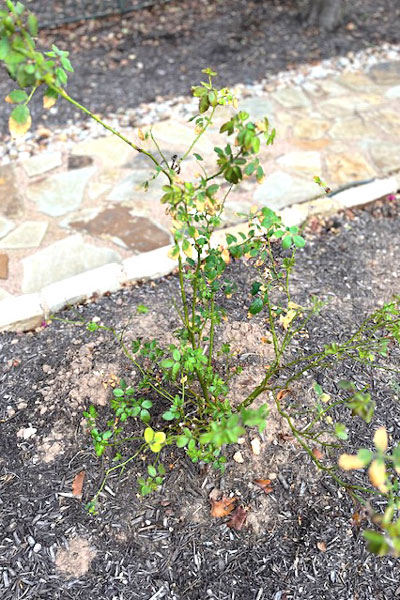
Answer: Unlike Brandon’s question above, I don’t see any visible symptoms of rose rosette virus. Nonetheless, I would suggest you look at the information I have on my website just to be sure.
If I had to take an educated guess, it would be that the soil has not been adequately prepared. You can see it developing cracks as it dries. Roses need a highly prepared garden soil to which you’ve added 5 or 6 inches of compost, rotted manure, sphagnum peat, and shredded bark mulch – preferably 1-2 in. of each. Many people like to include 1 in. of expanded shale with the organic matter. All of that should be rototilled 12 in. into the existing soil. The result is a mix with the consistency of potting soil. I’m not sure if you can save the weakest of these plants as you prepare the soil for replanting, but I guess that would be the next step. That would all need to be done in January or early February.
A follow-up to a question from Lynne S., Lake Athens, from a couple of weeks ago:
She had written to ask about her large oak tree that was developing mushrooms along its trunk and in the soil around the tree. I could see that bark was discolored and separating. I warned her of fungal conks (toadstools) that were evidence of trunk decay that could cause the tree to fall almost without further warning, and I suggested she contact a Certified arborist. Here is her note back to me:
“Neil, we had an arborist look at the tree and he agrees with your assessment from two weeks ago. It could have lived a long time, but we could not take the chance with our family and grandchildren or the house.”
She included these photos.
